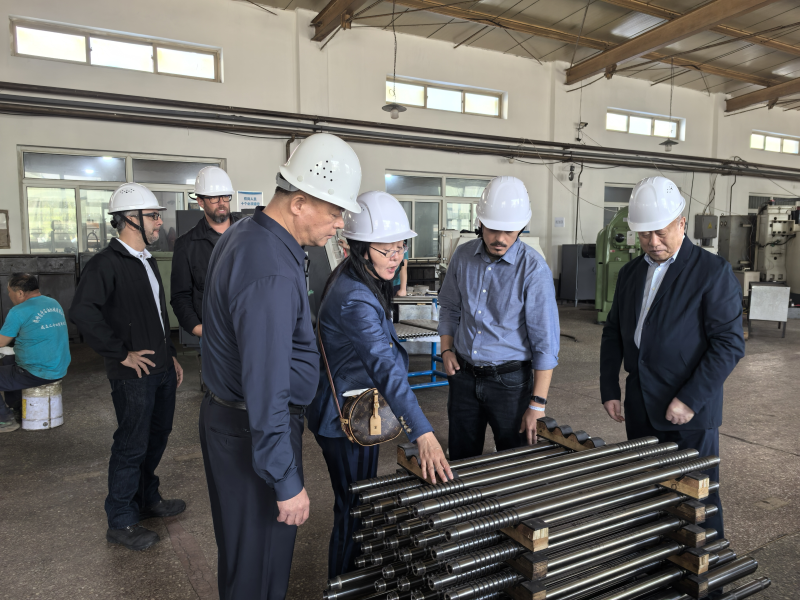As of August 2025, the international crude oil market has once again experienced significant volatility. After rising continuously in the previous two months, international oil prices have recently suddenly reversed course. As of mid-August, WTI crude oil prices had fallen to $62.80 per barrel, and Brent crude oil prices had fallen to $65.85 per barrel, representing a cumulative decline of over 10% from their previous highs. Industry experts generally expect that with increasing supply pressures and a slowing global economy, oil prices may continue to fall. The latest EIA report indicates that Brent crude oil prices may fall below $60 per barrel in the fourth quarter of 2025 and may even remain in the $50 per barrel range in 2026.
Analysis of the reasons for the decline in international oil prices:
First, there is an increase in supply. The Organization of Oil Producing Countries (OPEC+) has announced a production increase of 547,000 barrels per day in September, which has once again put the crude oil market under pressure from oversupply. Second, there is weakening demand. The weaker-than-expected US non-farm payroll data and slowing growth in refined product consumption in China and India have significantly weakened market expectations for crude oil demand. Rising inventories have also become a major factor suppressing oil prices. Data released by the EIA show that US crude oil inventories continue to rise, and global crude oil inventory levels are also gradually recovering.
Furthermore, the decline in geopolitical risk premiums is also a significant factor contributing to the decline in oil prices. Previously, the market was concerned that the US would tighten sanctions on Russian crude oil exports, but these concerns have significantly subsided following the US-Russia meeting, which signaled a conciliatory approach. The decline in risk premiums has further shifted the center of gravity of the crude oil market downward.
What impact does the decline in oil prices have on the oil and gas industry?
The decline in oil prices presents both challenges and challenges for global oil companies. In the short term, the profitability of oilfield projects will be squeezed, with high-cost fields in particular likely facing greater pressure. However, in the long term, as one of the world's most important energy sources, oil and gas remain inexorable. Even with falling oil prices, shutting down wells is not an option. Companies must rely on efficient production equipment to reduce costs and increase efficiency.
For oilfield operators, cost control and stable production capacity are key in a low oil price environment. This means that the role of artificial lift systems, particularly insert rod pumps, will become even more prominent.
The value and application of insert rod pumps:
As the core component of artificial lift systems, insert rod pumps have become increasingly strategically important during low oil price cycles:
Insert rod pumps reduce costs and increase efficiency: their highly wear-resistant design and long-life structure significantly reduce maintenance and replacement costs.
Insert rod pumps ensure productivity: they maintain stable lift in low-permeability, heavy oil, and deep well conditions, ensuring continuous well production.
Insert rod pumps are highly adaptable: they can be customized to suit diverse reservoir conditions to meet diverse production needs.
Insert rod pumps improve oil recovery: their stable and reliable lift efficiency helps oil companies maintain high production despite downward pressure on oil prices.

Our Dongsheng product line includes a variety of solutions, including insert rod pumps and tubing pumps, adaptable to a variety of complex well conditions. Our products have been proven in numerous domestic and international oilfields, helping customers achieve stable production capacity, reduce costs, and improve economic efficiency.
Although international oil prices are entering a new downward cycle, historical experience shows that fluctuations in the energy industry are cyclical. Falling oil prices remind oil companies to prioritize technology and equipment selection. Improving production efficiency, extending equipment life, and maintaining stable production capacity, rather than short-term price fluctuations, are the keys to success for oil companies in future market competition.

